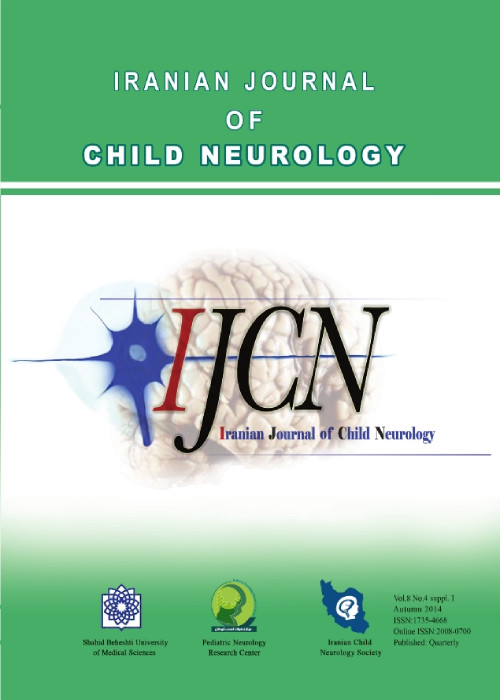A Comparison Study of the Tehran Norms to the Reference Norms on Children Performance of the Bayley III
The Bayley Scales of Infant and Toddler Development (Bayley III) assess cognitive, language, and motor development of children aged 1–42 months, and have been widely used globally. It is unclear whether or not the reference norms of the Bayley III are acceptable for use in other populations or lead to over or under-estimating development. The purpose of this study was to estimate the distribution of the Bayley scores by age in Persian speaking children and to compare the norms between Persian and reference norms.
We constructed Bayley III norms for cognitive, language, and motor scales using 1,674 typically developing children by consecutive sampling from health care centers. First cut-off point was determined, and then the scaled scores, based on Persian speaking and reference norms, were compared. The proportions of children with low scores (scoring less than -1SD and -2 SD) based on the two norms were compared, to identify over or under-referral for developmental delay resulting from reference norms.
Scaled scores based on Persian norms varied across values based on reference norms on all subtests. The mean differences were significant across all five sub-tests (p < .05), with large effect sizes for receptive and expressive communication, fine and gross motor sub-tests of .20, .23, .14, and .25 respectively, and with small effect size for cognition sub-test of .02. Large effect sizes for all age groups were found for cognition, expressive communication, and fine motor sub-tests. For the receptive communication sub-test, effect sizes were generally large, with the exception of four age groups. For the gross motor sub-test, effect sizes were generally large, with the exception of six age groups. More children scored below 1 and 2 SD using the Persian norms and resulted in under-referral regarding cognitive, receptive and expressive communication, fine and gross motor skills.
The Persian norms differ from the reference norms for all sub-tests and these differences are clinically significant. The use of the reference norms leads to fewer referrals in all sub-scales and leads to fewer diagnoses of children with developmental delay. Population specific norms are required to identify children with low scores for referral and intervention.
- حق عضویت دریافتی صرف حمایت از نشریات عضو و نگهداری، تکمیل و توسعه مگیران میشود.
- پرداخت حق اشتراک و دانلود مقالات اجازه بازنشر آن در سایر رسانههای چاپی و دیجیتال را به کاربر نمیدهد.




